
Known as the "Tren Twins", Christian and Michael Gaiera are inspiring a new generation of lifters. But do their Feral Supplements actually hold up?! Unlike many influencer brands... this one is no joke.
The Tren Twins (Christian and Michael Gaiera) are redefining the fitness game, bringing an unmatched intensity both in and out of the gym. Known for their raw, no-holds-barred approach to training, these brothers have quickly become iconic figures in the fitness community, inspiring a new generation of lifters to push past their limits - and embrace their faith. With their powerful presence and relentless dedication, the Tren Twins embody what it means to be truly... feral.
That's why they founded Feral Supplements, a brand that brings their intensity to the masses. In the past, we've seen young influencers put out new supplement lines in a haphazard manner, without guidance from industry veterans. That's not the case here -- behind the scenes, the Tren Twins have enlisted some of the supplement industry's best, and that means we're going to get a product that matches the purpose.
Unleash Your Inner Beast with Feral Stim: A Pre-Workout Powered by the Tren Twins
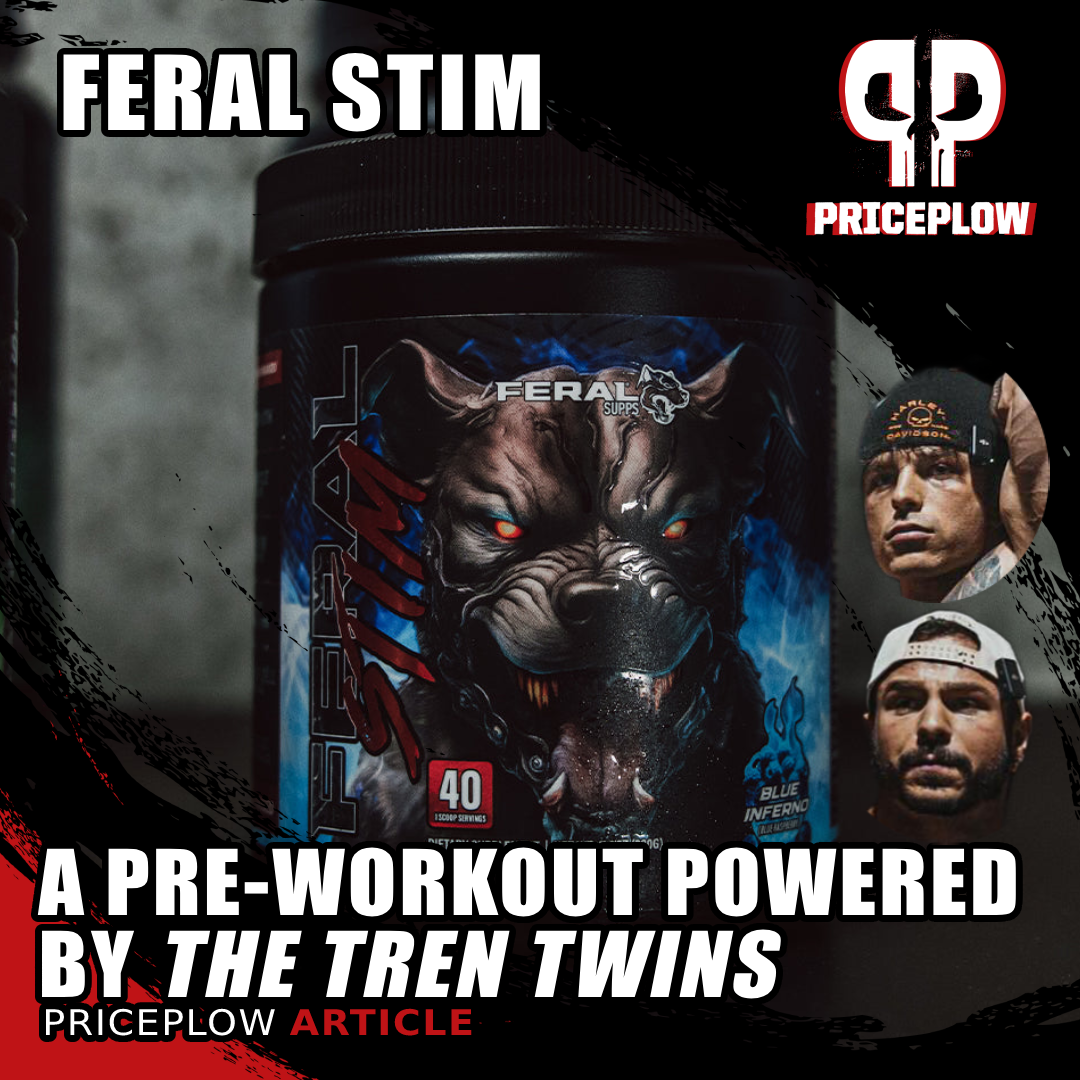
Unleash your inner beast with Feral Stim by Feral Supplements, the ultimate pre-workout crafted by the Tren Twins. With a powerful 405mg caffeine punch and a unique blend of Trigger2 and just enough GBB, this formula delivers explosive energy, focus, and endurance.
Their pre-workout supplement, Feral Stim, is a testament to their philosophy — aggressive, effective, and designed to fuel the kind of workouts that mold you into a legend. Haters may hate, but unlike other introductory supplements that fall short on potency, Feral Stim is anything but underdosed.
With a total caffeine yield of 405 milligrams and a very unique combination of Trigger2 (a combination of L-Aspartic Acid and N-Methyl DL-Aspartic Acid) with just the right amount of GBB, this formula packs a serious punch without resorting to banned stimulants. It's engineered to deliver explosive energy, laser focus, and relentless endurance, just like the Tren Twins themselves.
This article is for those who want to understand how they formulated it. You can check PricePlow's partner store prices and availability, sign up for our Feral Supplements news alerts, and then let's get into the science:
Feral Supplements Feral Stim – Deals and Price Drop Alerts
Get Price Alerts
No spam, no scams.
Disclosure: PricePlow relies on pricing from stores with which we have a business relationship. We work hard to keep pricing current, but you may find a better offer.
Posts are sponsored in part by the retailers and/or brands listed on this page.
This area is reserved for Team PricePlow's upcoming videos.
Subscribe to our channel and sign up for notifications so you catch it when it goes live!
Feral Stim Ingredients
In a single 2 scoop (16 gram) serving of Feral Stim from Feral Supps, you get the following:
-
Feral Power/Endurance Catalyst
How's this for an "influencer pre-workout"? This is no slouch -- especially when you combine the Trigger2 with a dash of GBB. Can you handle a two-scooper?
Your body is a machine that, in order to reach peak performance, requires the correct inputs to support its biological processes. The ingredients in this blend are potent ergogenic aids that can safely help push your muscle tissue to the limits of its natural capabilities.
-
Beta Alanine – 4,000 mg
Beta alanine is one of the supplement industry's favorite endurance promoting ingredients -- it's been around since the start of pre-workout supplements as we know them.
The body combines beta-alanine with the essential amino acid L-histidine in order to form a dipeptide named carnosine, which naturally accumulates in your muscle tissue. There, carnosine works to detoxify lactic acid, a metabolic waste product that's generated by anaerobic metabolism -- this lactic acid creates muscular fatigue as it builds up.[1]
By lowering lactic acid through enhanced carnosine stores thanks to beta-alanine supplementation, we can delay the onset of muscular fatigue, and effectively increase athletic endurance.[1-3]
But why not just take carnosine? Unfortunately, carnosine's oral bioavailability is pretty low – too low for oral supplementation to be effective.[4] Beta alanine, on the other hand, is absorbed very well when ingested, so supplementing with this compound is actually a more effective strategy for boosting carnosine levels.
Because histidine is abundant in common foods, the amount of beta-alanine at your cells' disposal is typically the bottleneck on its ability to synthesize carnosine.[5,6] For that reason, taking beta alanine supplements is your surest bet for increasing your body's carnosine synthesis.
Two large meta-analyses, looking at over 40 different peer-reviewed studies on beta alanine supplementation, concluded that this supplement is best suited for increasing endurance during exercise conducted at an intensity that can be sustained for 30 seconds to 10 minutes.[2,3]
Don't sweat the tingles... but the dose is a bit higher here
If you feel some lil tingles in your face and/or torso after taking beta alanine, fear not – this sensation is, according to the latest safety review, harmless.[7]
However, we do have to note that there's an above-average 4 gram dose of beta-alanine inside! While most research is pointed at the 3.2 gram daily dose, there are two great reasons for this:
- It's all about carnosine saturation, and getting there faster is better if you're looking for endurance sooner rather than later. There's even research showing carnosine improvements using 1.6 grams of beta-alanine daily, but higher doses work even better.[8]
- If a full serving of Feral Stim has too much caffeine, you can still get a clinically-efficacious 3.2 grams without even taking a full two scoops!
So we're liking the 4 gram dosage - it's not over-the-top, but it's reasonably strong.
-
L-Taurine – 2,000 mg
Much of taurine's endurance-boosting effect can be explained by the fact that it's an osmolyte, a compound capable of manipulating the water balance in and around your body's cells.[9] Thanks to taurine, your cells will be better hydrated, meaning they'll have improved access to nutrients and get rid of metabolic waste more efficiently, as well as being more resistant to heat stress. The upshot of all this is that your cells can work harder, for longer, which translates to improved aerobic and anaerobic performance at the macroscopic level.[10]
Taurine can induce the browning of fat,[11] which is important because brown fat is more mitochondrial-dense and metabolically active!
Taurine has similar effects to creatine, but unlike creatine, does not need to be "loaded" over an extended period of time in order to work. According to a 2018 meta-analysis, just a single 1-gram (1,000 mg) dose of taurine, taken immediately before exercise, can significantly improve athletic endurance.[12]
Taurine is also a powerful antioxidant,[13,14] and can help support calcium signaling in muscle cells.[15] Since calcium is crucial for strong muscle contractions, supplemental taurine can help prevent muscle cramping, which is the scourge of athletes the world over.
Improved fat oxidation at this dose
A study published in 2010 tested 1.66 grams of taurine on eleven endurance-trained cyclists, finding that taurine led to a 16% increase in fat oxidation over a 90 minute exercise period compared to placebo and a control trial.[16]
These results aren't surprising, knowing now that taurine can stimulant thermogenesis in brown adipose tissue[17] and support the conversion from energy-storing white adipose tissue to the metabolically-active, mitochondrial-dense brown adipose tissue.[11] It can also inhibit lipogenesis (new fat cell growth)[18] and has been shown to decrease hyperglycemia and obesity-borne inflammation.[19]
It's just an all-around great ingredient for mitochondrial health,[20] making it an all-around great ingredient, period.
-
elevATP (Ancient Peat and Apple Extract) – 150 mg
ElevATP is formulated to increase your body's synthesis of adenosine triphosphate (ATP),[21] the molecule that serves as the energy currency of your body. If your body were like an engine, ATP would be the gas – your cells need it to do anything and everything you ask of them. Accordingly, if your body runs low on ATP for any reason, this metabolic bottleneck can potentially compromise your athletic performance.
Slight shortfalls in your body's supply of ATP might make you feel tired or as if you lack motivation. If the ATP deficiency is bad enough, it can severely compromise the function of your cells, your organs, and thus, in turn, your entire body. According to a 2019 research review, ATP deficiency has the potential to cause fatal illness.[22]
But the advantages of elevATP go beyond just correcting a potential ATP deficiency – according to one 2016 placebo-controlled study, subjects who took 150 milligrams of elevATP for eight weeks were able to lift significantly more weight in barbell squats and deadlifts by the end of the study.[23] They were also able to jump higher.[23]
-
Senactiv (Panax notoginseng Extract (root) and Rosa Roxburghii Extract (Fruit)) – 50 mg
Senactiv is a trademarked ingredient that's known as a senolytic agent. This word comes from the Greek senos, "old," and lysis, meaning "to break down," and denotes any compound that can help your body break down and recycle its senescent cells.
The reason this matters is that senescent cells are dysfunctional, and as they accumulate, can cause all kinds of problems, including chronic inflammation.
Several studies have been carried out on the bioactive constituents responsible for Senactiv's benefits.[24-29]
One of these studies – a randomized, double-blind, placebo-controlled study, which is the gold standard in clinical research – subjects who supplemented with Senactiv's ginseng-derived component prior to exercise had significantly decreased muscle damage, more efficient glycogen replacement, and much lower inflammation upon the conclusion of exercise, compared with those who took a placebo.[25]
Moreover, their time to exhaustion at 80% VO2max increased by an incredible 20%, compared to the placebo group.[25]
-
-
Feral Energy & Focus Catalyst
As any good athlete will tell you, half the battle in sports is mental, and this is true if you're on the field or lifting weights in the gym. To keep you focused, motivated, and equipped with cat-like reflexes, Feral Supps has included these nootropic and stimulant ingredients. And as you'll see, there are a lot of stims here – Feral Stim really lives up to its name with the inclusion of this blend.
-
Trigger2 (L-Aspartic Acid, N-Methyl DL-Aspartic Acid) – 1,500 mg
This is where Feral Stim gets really interesting, setting it
Aspartic acid has been described by some researchers as a neurotransmitter, arguing that it satisfies every requirement put forth by the technical definition.[30] That's because aspartic acid has been shown to trigger the N-methyl-D-aspartate (NMDA) receptor,[30] which is centrally implicated in the brain's learning and memory functions.[31]
Animal studies have shown that increased neural aspartic acid concentrations can trigger a process called long-term potentiation,[32] in which the connections between neurons are strengthened.[33] In simple terms, LTP is the process of memory consolidation.[33] Anything that helps facilitate LTP is likely to increase memory performance across the board, and in the research literature, LTP function has been found to positively correlate with human performance on memory tests.[34]
Other studies have found that rats with elevated aspartic acid levels can learn significantly faster when subjected to a maze test – the animals with higher aspartic acid levels found a hidden platform significantly quicker than rats with lower levels.[35]
Human evidence
Human studies have found a correlation between aspartic acid levels and disease states – for example, Alzheimer's Disease patients have been found to possess significantly lower brain tissue levels of aspartic acid than an age-matched control group.[36] Similar findings have been published on schizophrenic patients.[37] It's worth emphasizing that both diseases entail NMDA downregulation, so it's intuitive that aspartic acid, an NMDA receptor agonist, would be depleted in both diseases.
N-Methyl DL-Aspartic Acid: Aspartic acid with an extra methyl group
To take things further, the Twins and the Feral Supplements team added N-Methyl-DL-Aspartic Acid, a modified form of aspartic acid, where an additional methyl group has been added to the molecule. This modification enhances the compound's ability to interact with the NMDA receptors in the brain. By engaging these receptors, N-Methyl-DL-Aspartic Acid can influence neuronal communication, leading to changes in brain function.
NMDA receptors are a specific type of glutamate receptor in the brain. Glutamate, a neurotransmitter essential for memory, learning, and overall brain health, interacts with these receptors. By influencing NMDA receptors, N-Methyl-DL-Aspartic Acid may help improve cognition, focus, and mental clarity.
Bottom line: with aspartic acid, Trigger2 is an underrated nootropic, well-suited for inclusion in Feral Stim, and a unique ingredient in a high-stim pre-workout.
-
Uridine 5' Monophosphate Di-Sodium Salt – 400 mg
Uridine is a nucleoside that's involved in your body's synthesis phosphatidylcholine (PC),[30] a phospholipid that's absolutely crucial for brain health and function.[33] By supporting the production of PC, uridine can help maintain the integrity of neuronal membranes, which is essential for efficient communication between brain cells.
Additionally, uridine has been shown to enhance synaptic plasticity, which is the brain's ability to adapt by forming new connections between neurons.[34] This process is fundamental to learning, memory, and overall cognitive function. Uridine's role in synaptic plasticity is partly due to its ability to increase the availability of critical neurotransmitters like dopamine and acetylcholine, both of which are involved in mood regulation, memory, and cognitive processing.[35]
Uridine also exhibits neuroprotective properties, which include the ability to reduce cerebral inflammation and oxidative stress,[36] which are often associated with cognitive decline and neurodegenerative diseases.
-
Caffeine Anhydrous – 300 mg (of 405mg total caffeine yield)
Caffeine is a methylxanthine stimulant capable of crossing the blood-brain barrier. Thanks to this ability, which is rare among dietary supplements, caffeine can have an intense effect on the function of the central nervous system. That's what makes caffeine such an amazing mood booster, focus enhancer, and even ergogenic aid.[38]
Caffeine's famed ability to fight fatigue is rooted in its antagonism of adenosine, a nucleotide byproduct of ATP hydrolysis that accumulates in neural tissue during waking states and causes fatigue as it builds up.[37,39] Caffeine fights the action of adenosine by blocking the adenosine receptor, which prevents adenosine from making you tired.
Caffeine's ergogenic effects are related to its effect on cellular metabolism. You see, caffeine downregulates an enzyme called phosphodiesterase, which is responsible for degrading a secondary messenger molecule called cyclic adenosine monophosphate (cAMP). Since cAMP instructs your cells to produce energy, boosting cAMP via phosphodiesterase inhibition has a small but significant pro-metabolic effect.[37,40,41]
This stimulant is also a powerful fat burner.[42] One study found that caffeine administration can increase the body's rate of fat burning by a whopping 50%,[43] and a 2020 meta-analysis showed that caffeine can start having this effect in doses as low as 3 milligrams per kilogram of body weight.[44]
Thanks to its positive impact on cellular function, caffeine can increase strength, speed, and endurance.[39,42,43,45]
As a nootropic, caffeine can also increase attention, vigilance, reaction speed, and working memory.[46-48]
Note the 405mg total caffeine yield!
Realize that this is 300 milligrams, but we have two more caffeine-based ingredients coming! They'll bring us to 405 milligrams of total caffeine in two scoops - you may want to single-scoop this when getting started!
And beyond caffeine, high doses of two of its chemical cousins are included next:
-
Theobromine – 300 mg
Theobromine is, like caffeine, a stimulant methylxanthine alkaloid.
Like caffeine, theobromine is a potent inhibitor of phosphodiesterase, meaning it upregulates cAMP[49] and speeds up cellular metabolism.[50,51] While caffeine does have some vasodilatory effect, theobromine is a lot better at relaxing smooth muscle tissue, which can lead to significant drops in blood pressure and heart rate.[52] Theobromine is often co-administered with caffeine specifically to cancel out caffeine's hypertensive effect.[53]
Unlike caffeine, it also has significant vasodilatory and bronchodilatory properties.[54]
Weirdly, theobromine has been found to inhibit arginase, which should ultimately increase the formation of endothelial nitric oxide.[55] That's another reason for its inclusion in any pre-workout formula, even if the effect size here is relatively small.
Theobromine's half life is significantly longer than caffeine's, which should lead to a more gradual taper and less severe withdrawal effects.[56]
This is a high dose - we often see theobromine in doses ranging from 100 to 200 milligrams, but the Twins opted to go big or go home with a 300 milligram dose, which we don't often see.
-
Methylliberine (as Dynamine 40% Yielding 50 mg/100 mg) – 250 mg
Dynamine is a trademarked preparation of methylliberine, an alkaloid that can be naturally found in Camellia sinensis (true tea) leaves.[57,58] Methylliberine is unusual in that it has significant stimulant effects, but does not cause negative cardiovascular issues like vasoconstriction.[57-60]
Similarly to caffeine, methylliberine can increase dopamine and noradrenaline levels while downregulating adenosine, which has an anti-fatigue effect.[57-60]
Dynamine is tough to flavor, and that's why we don't always see massive doses. But with the 40% version, it tastes better, and the Twins were once again able to go with a large amount. We don't often see 100 milligram Dynamine yield, but when we do, we know it's going to light it up.
-
Infinergy (Di-Caffeine Malate)(75% Caffeine)(Yielding 45 mg/90 mg Caffeine of the 405mg total) – 120 mg
Dicaffeine malate is a compound combining caffeine and malic acid, typically in a 75:25 ratio. This combination is designed to provide the stimulating effects of caffeine while decreasing the likelihood of side effects like jitters or stomach discomfort, which are sometimes associated with caffeine anhydrous. Dicaffeine malate is typically reported to provide a smoother, longer-lasting energy boost due to the malic acid component, which helps delay the absorption of the caffeine by acting as a chemical buffer.
In contrast, caffeine anhydrous is a pure, dehydrated form of caffeine, delivering a quicker but shorter-lived energy spike.
Remember, we have 405 milligrams of total caffeine -- this provides 90, with 15 more milligrams coming.
-
Huperzine A 1% – 40 mg
Huperzine A is an alkaloid, naturally occurring in Huperzia serrata, that has been shown to downregulate acetylcholinesterase, the enzyme responsible for degrading acetylcholine.[61] This means that, ultimately, huperzine A supplementation increases acetylcholine levels, which can positively impact learning and memory. In fact, we often refer to acetylcholine as "the learning neurotransmitter" because of the central role it plays in these processes.
Huperzine A has even been shown to promote neurogenesis, the birth and growth of new neurons.[62]
Another large dose! 400mcg yield
This may also be the largest huperzine A dose we've seen -- 40 milligrams of huperzia serrata standardized for 1% huperzine A yields 400 micrograms of huperzine A, which is double what we generally see! Get ready to get zapped!
-
Infinergy (Caffeine Citrate)(50% Caffeine)(Yielding 7.5 mg/15 mg caffeine of the 405mg tota) – 120 mg
Caffeine citrate is a compound that combines caffeine with citric acid and sodium citrate. It is often used in medical settings, particularly for treating apnea in premature infants, due to its rapid absorption and onset of action.[63] However, in non-medical contexts, it's less commonly used than caffeine anhydrous or dicaffeine malate. While caffeine citrate provides a rapid energy boost, dicaffeine malate offers a smoother and more prolonged effect, with reduced risk of side effects like jitters.
This finishes off our caffeine, now yielding 405 milligrams total per two scoops of Feral Stim.
-
GBBGO (Gamma-Butyrobetaine Ethyl Ester HCl) – 20 mg
Ready for some heat? Gamma-butyrobetaine hydrochloride (GBB) is a carnitine precursor that gets converted into carnitine by an enzyme called gamma-butyrobetaine dioxygenase (BBD).[64]
So why not just take carnitine instead? Well, you can, but that likely won't fit into a pre-workout that's already this large. And, we're here for another reason -- GBB is quite thermogenic, which will add to the feel Feral Stim. This is just enough to get things moving, but not so much to be grossly uncomfortable.
The chemistry-based answer is that just like your body can turn GBB into carnitine via BDD, there also exists a mechanism for your body to turn carnitine back into GBB: more specifically, with the microorganisms of your gut flora.[66] Thus, if your carnitine levels rise higher than baseline, your body will react by seeking equilibrium, and turning some of that carnitine back into GBB.
By giving your body GBB, you can shift that equilibrium in favor of higher carnitine levels.
GBB also appears to be a decent nitric oxide (NO) booster.[65]
We're also told that there's some synergy here with the L-aspartic acid in Trigger2.
-
-
Feral Absorpotion Enhancement
- AstraGin is a bioavailability enhancer, meaning it increases the absorption of whatever you take it with. So in this case, it's increasing the ultimate effectiveness of every other ingredient in Feral Stim.
GBB Supplements add to the "carnitine pool" by increasing the reagent -- GBB -- which goes on to make more carnitine if your body needs it!
AstraGin does this thanks to its astragaloside and ginsenoside content, which is what enables it to upregulate adenosine triphosphate (ATP) synthesis in the intestinal tract. More ATP for intestinal cells means more nutrient absorption.[67,68]
AstraGin has been studied fairly extensively, with over 20 studies demonstrating its ability to increase the absorption of aminos, vitamins, and other nutrients.[69,70]
- AstraGin is a bioavailability enhancer, meaning it increases the absorption of whatever you take it with. So in this case, it's increasing the ultimate effectiveness of every other ingredient in Feral Stim.
-
Other Ingredients
In addition to these nutraceuticals, you're getting some vitamin and mineral support:
-
Calcium (as Calcium Silicate, Calcium Carbonate) – 100 mg (8% DV)
-
Sodium (as DiSodium Phosphate, Sodium Citrate Dihydrate) – 200 mg (9% DV)
-
Potassium (as DiPotassium Phosphate) – 140 mg (3% DV)
-
Flavors Available
Conclusion: A High-Stim Pre-Workout Worthy of the Tren Twins
Dishing out an incredible 405 mg of caffeine per 2-scoop serving, Feral Stim definitely lives up to its name. If you haven't learned about the Tren Twins, you need to watch their podcast with Alex Eubank, published Christmas of 2022:
These guys are inspiring the next generation, and they're doing it their way -- something we can always get behind. Want to learn more? Follow them on the Tren Twins YouTube Channel.
Whether you're looking to hit new PRs or crush your workout with the intensity of the Tren Twins, Feral Stim is your ticket to the next level. This pre-workout is crafted for those who demand more from their supplements—just like the Tren Twins demand more from themselves. Get ready to unleash your inner beast and take your training to feral levels, and stay tuned to PricePlow - we have more coming from the twins.
Feral Supplements Feral Stim – Deals and Price Drop Alerts
Get Price Alerts
No spam, no scams.
Disclosure: PricePlow relies on pricing from stores with which we have a business relationship. We work hard to keep pricing current, but you may find a better offer.
Posts are sponsored in part by the retailers and/or brands listed on this page.
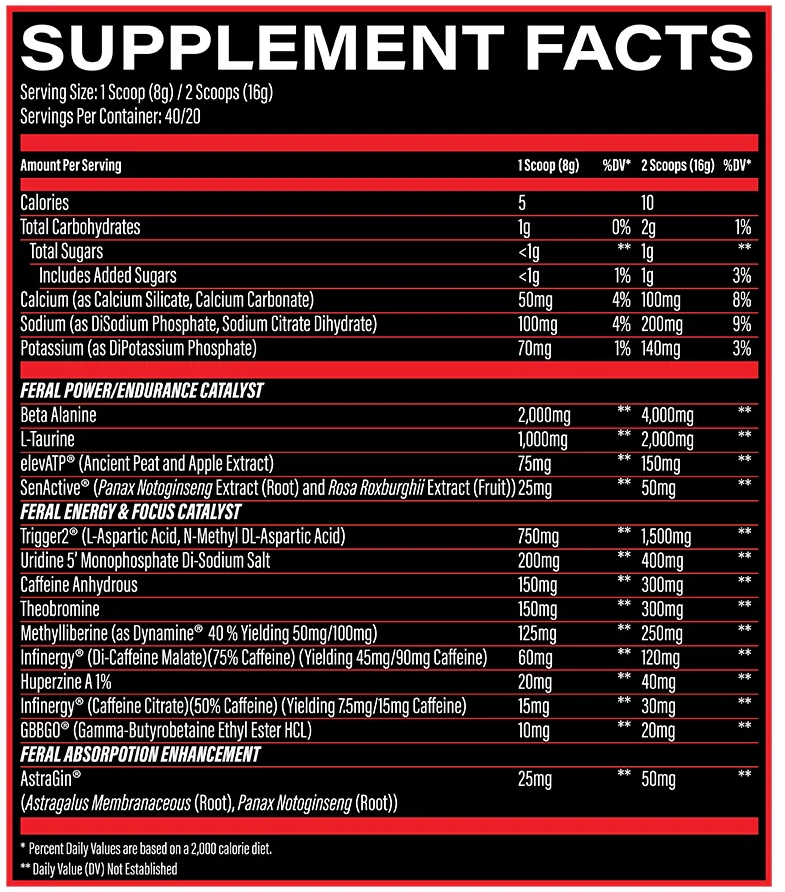
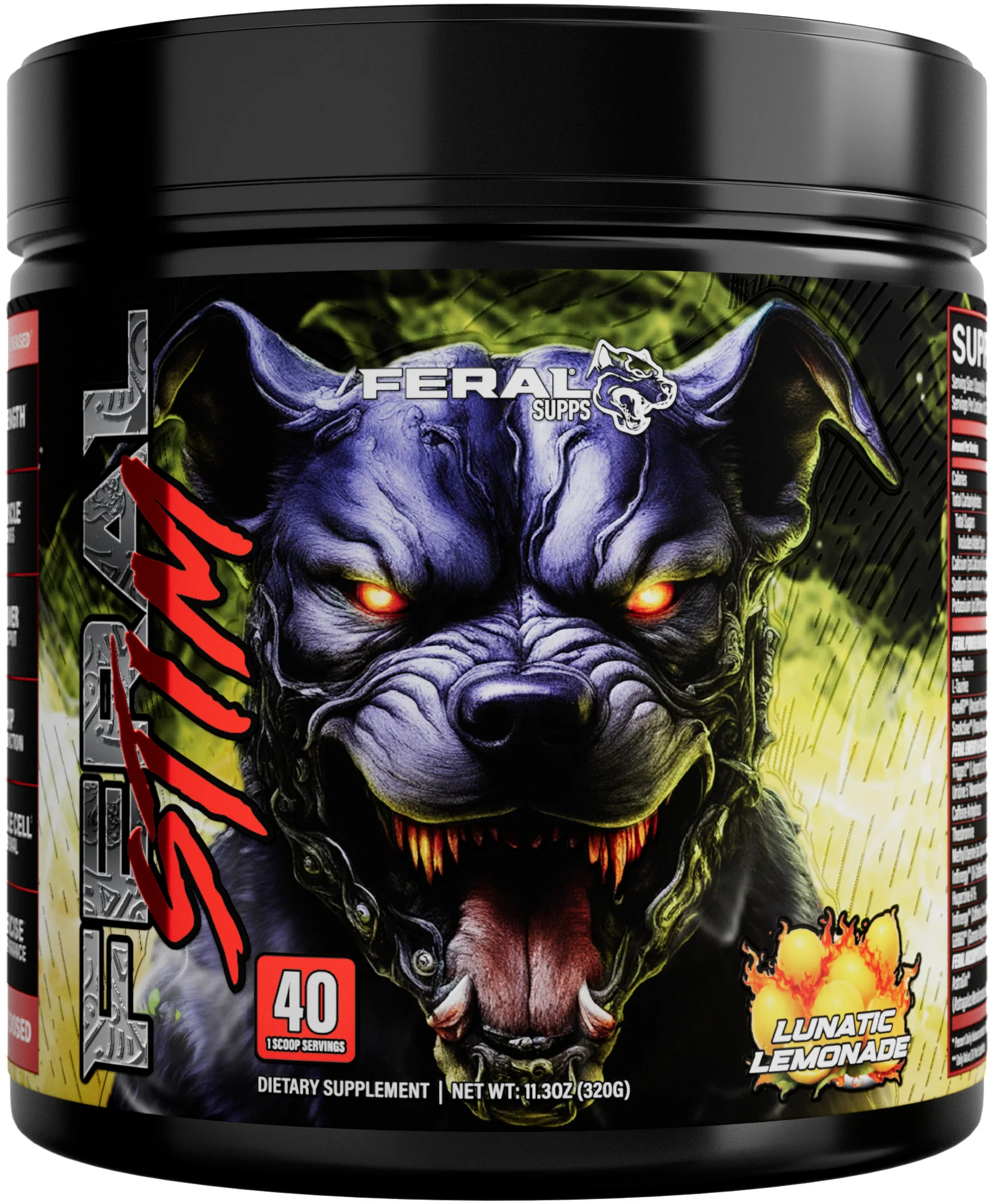
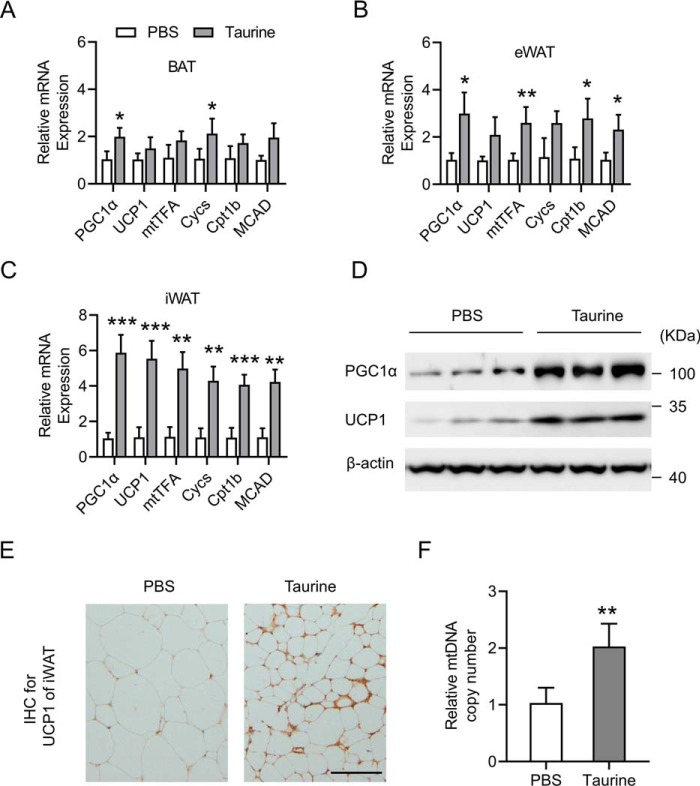
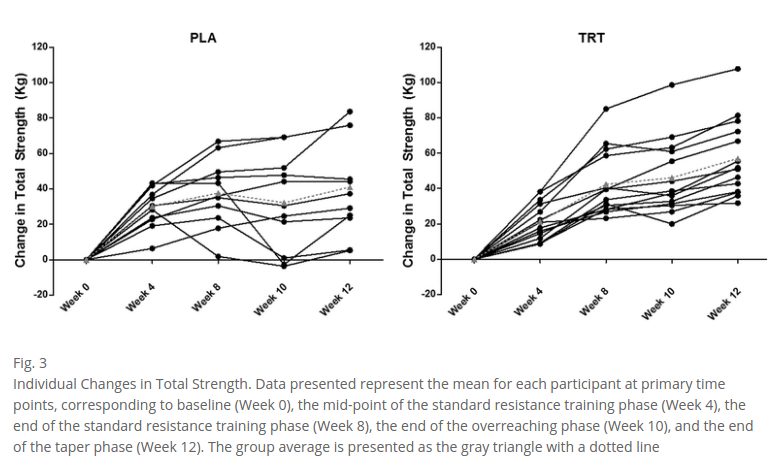

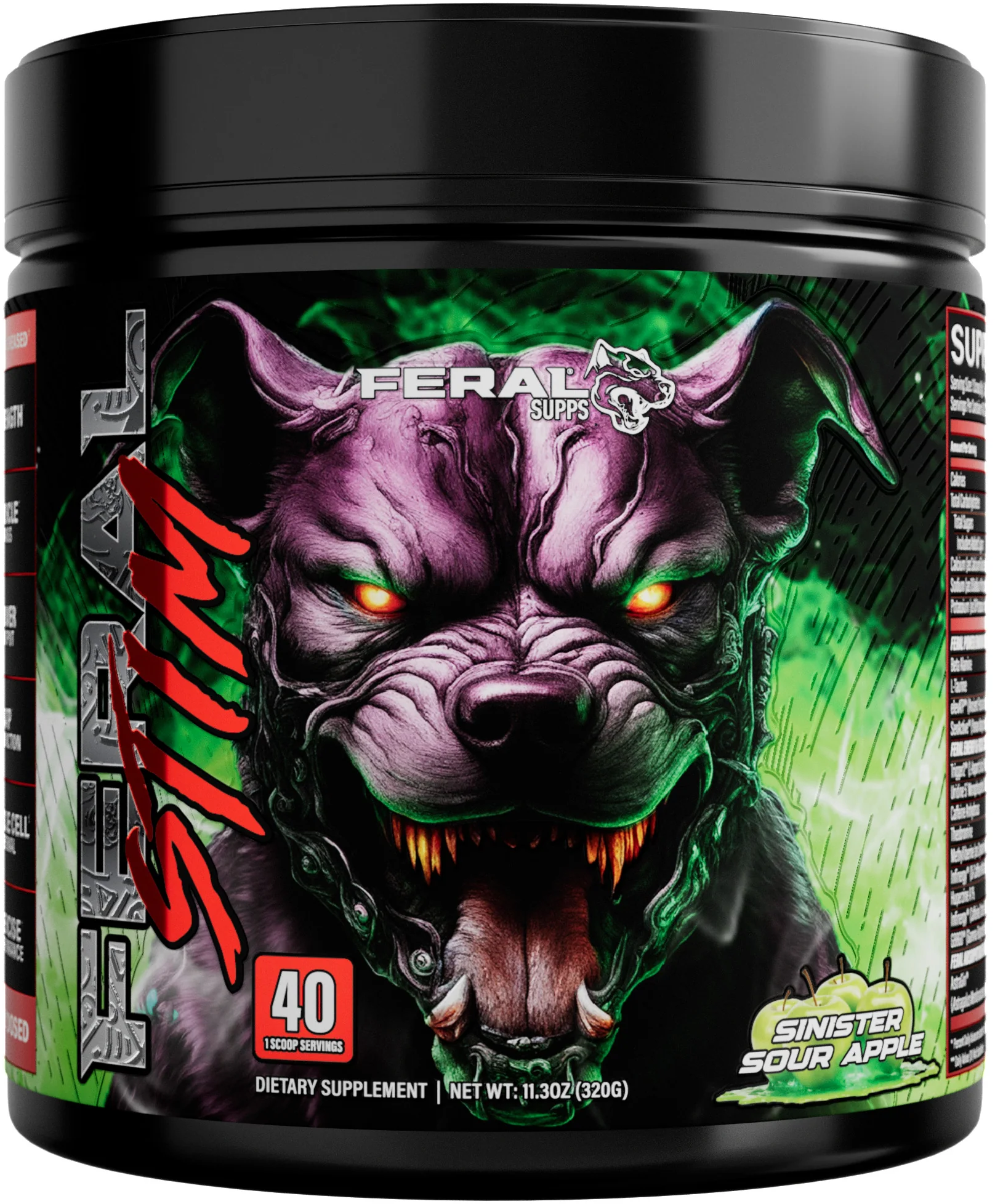

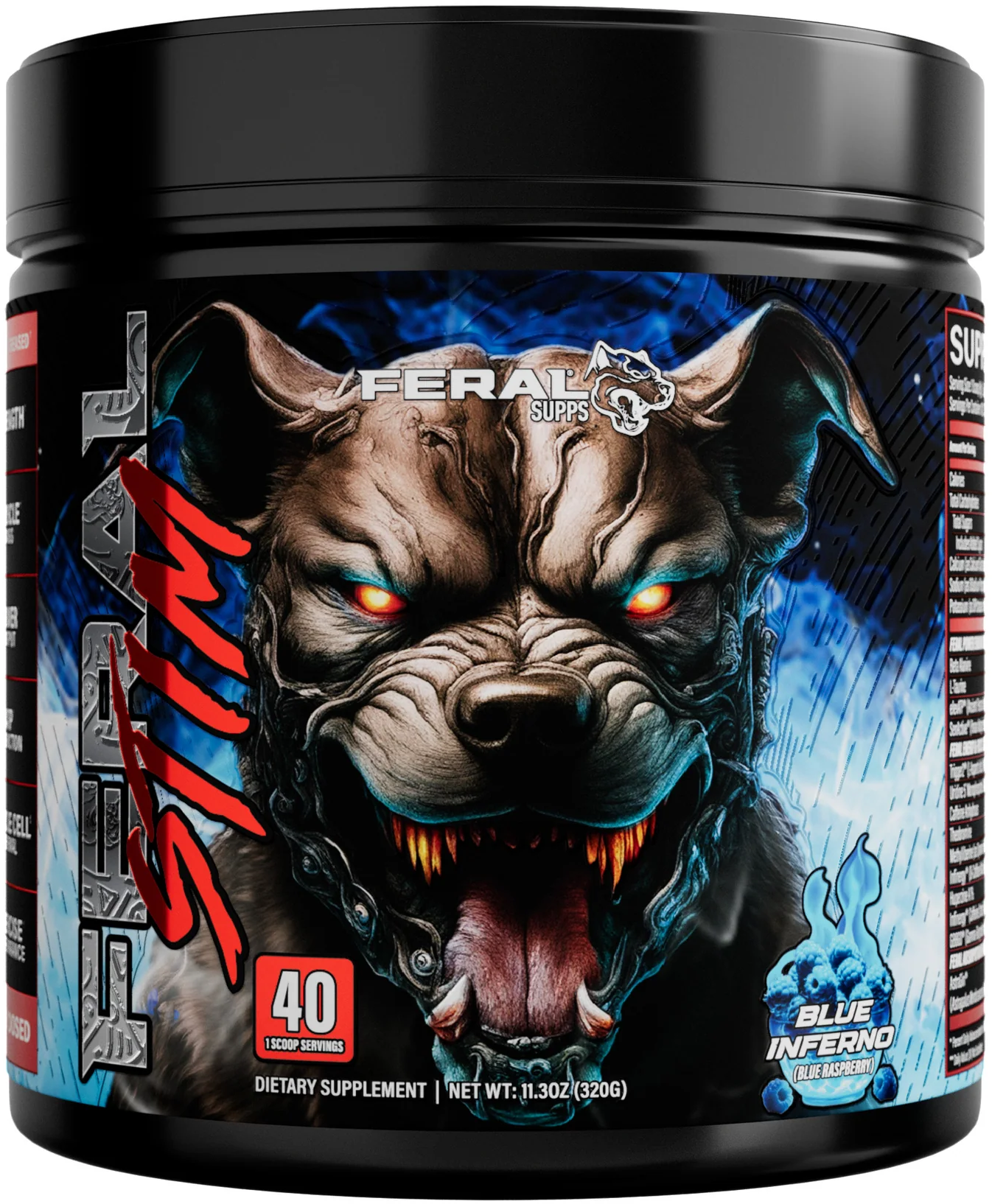
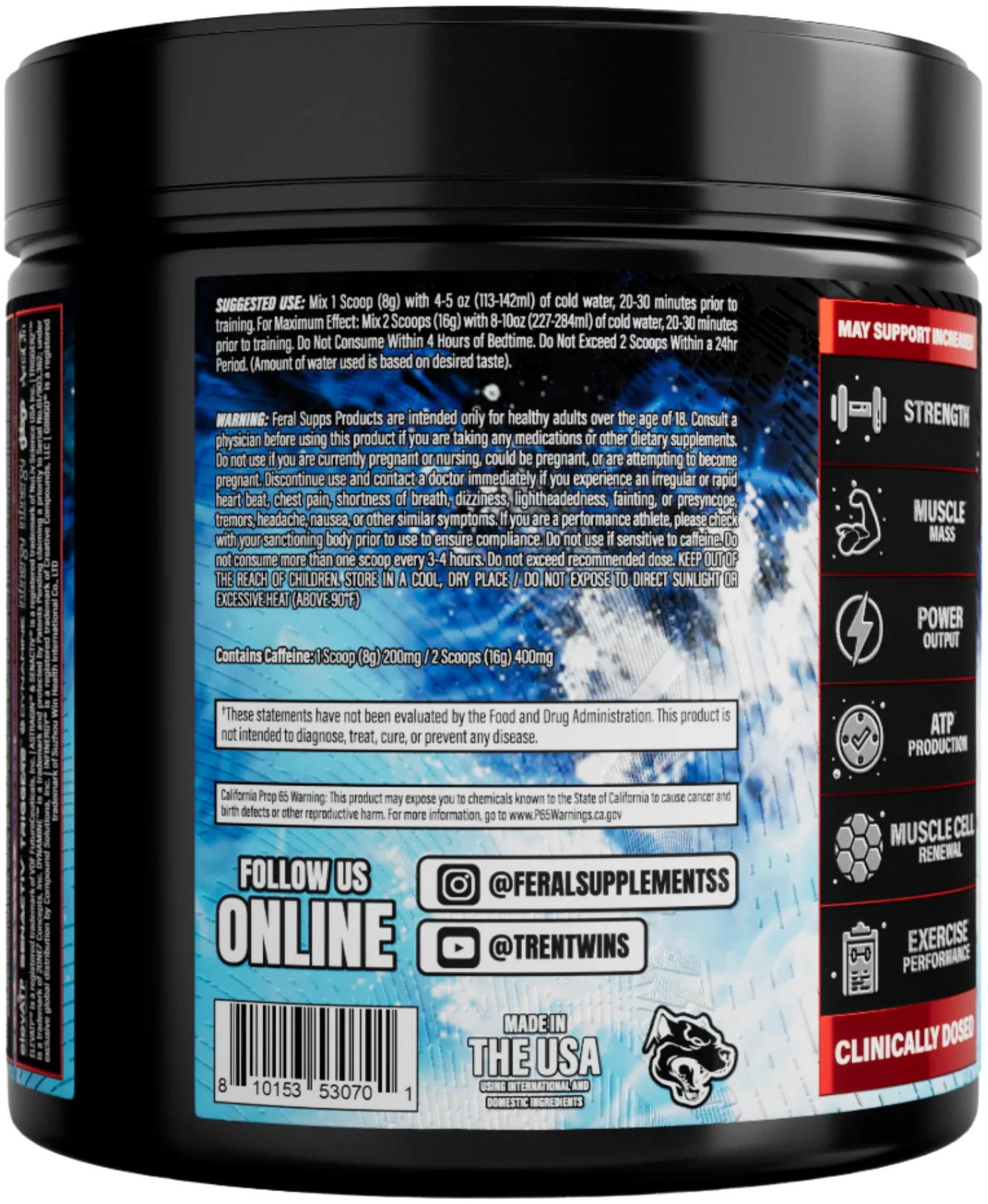
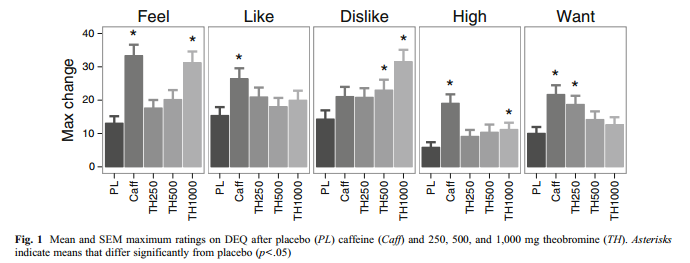
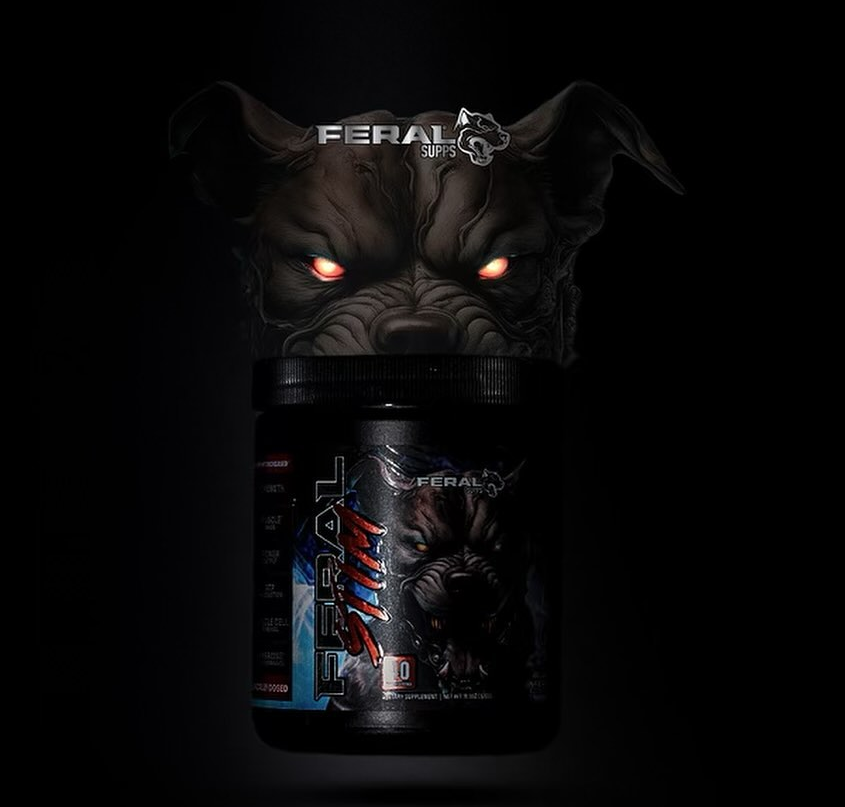
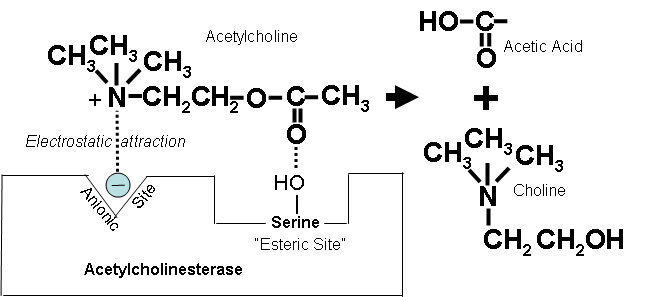
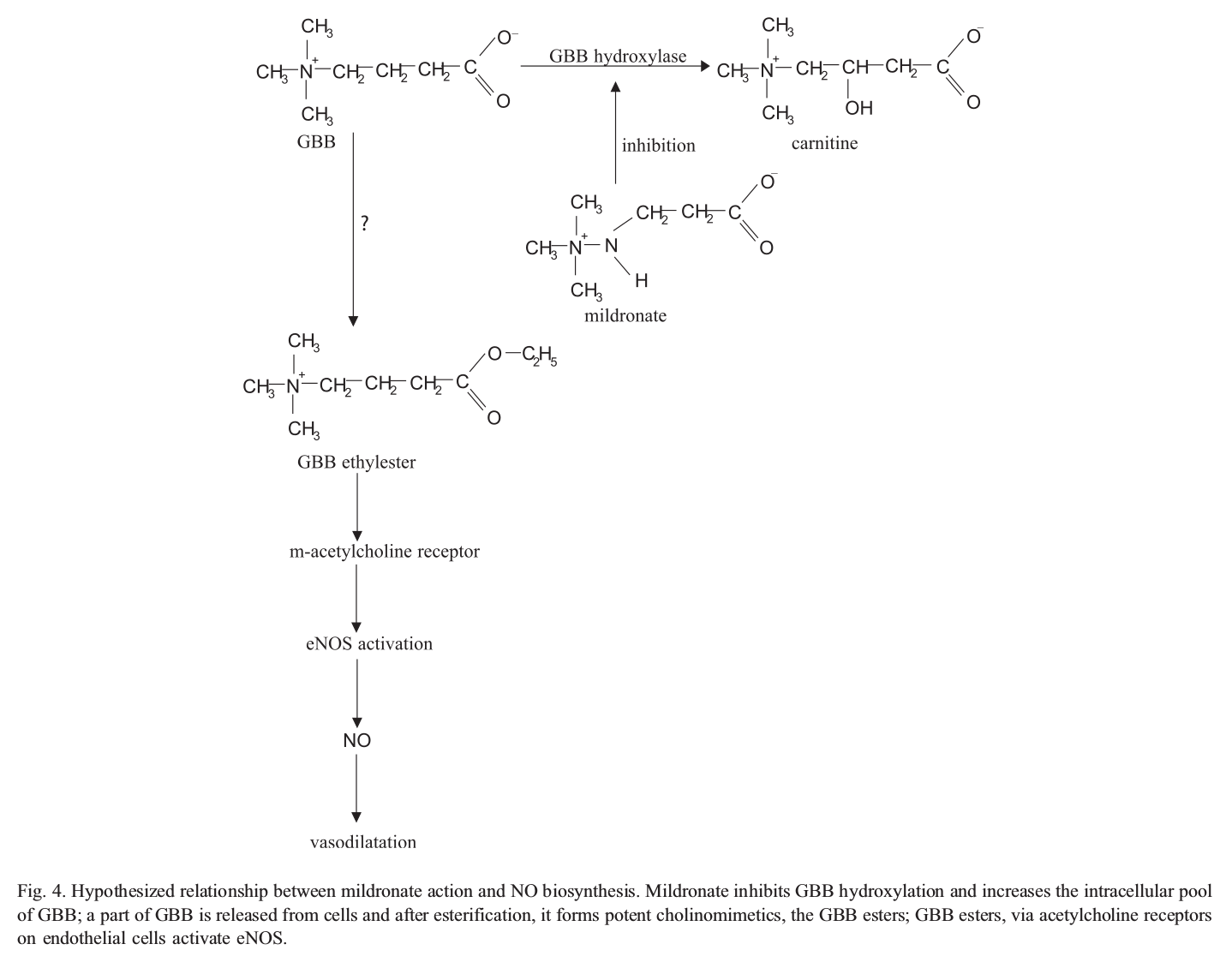
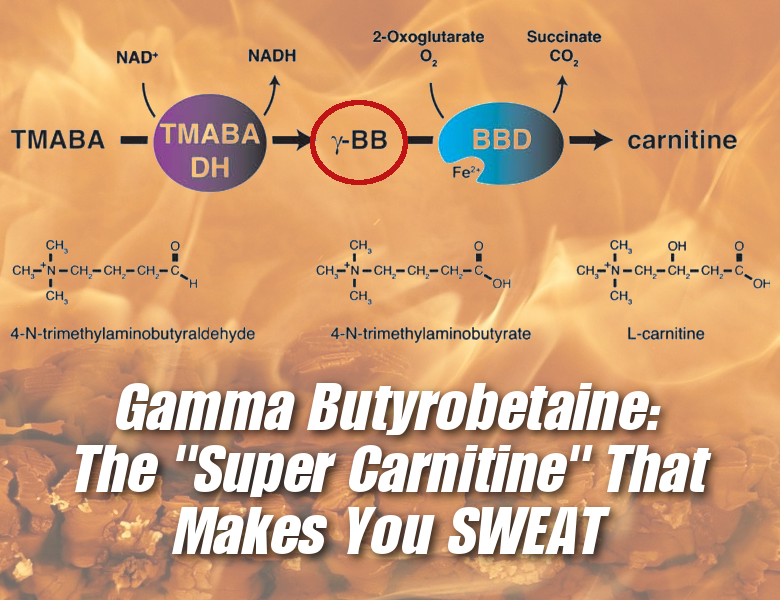
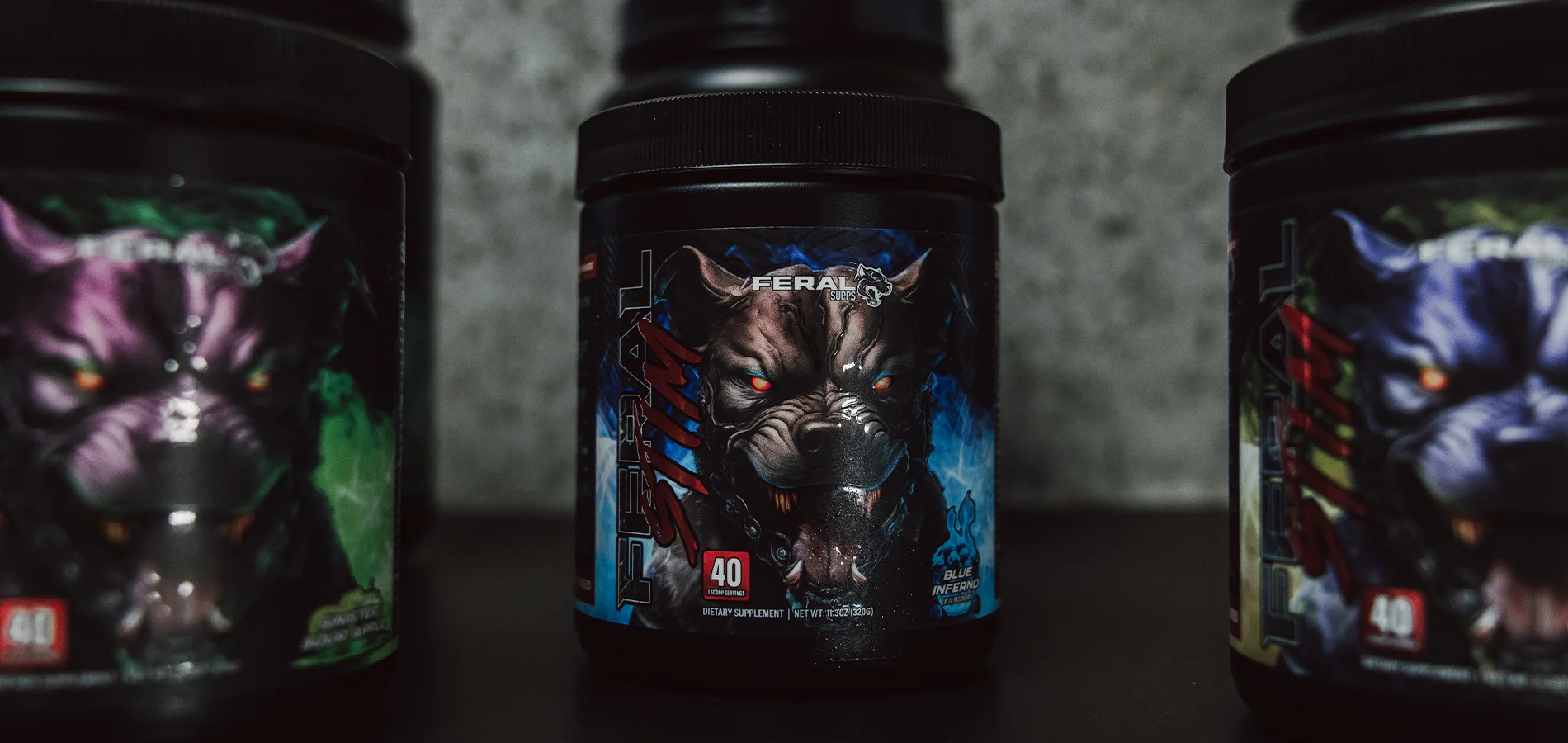


Comments and Discussion (Powered by the PricePlow Forum)